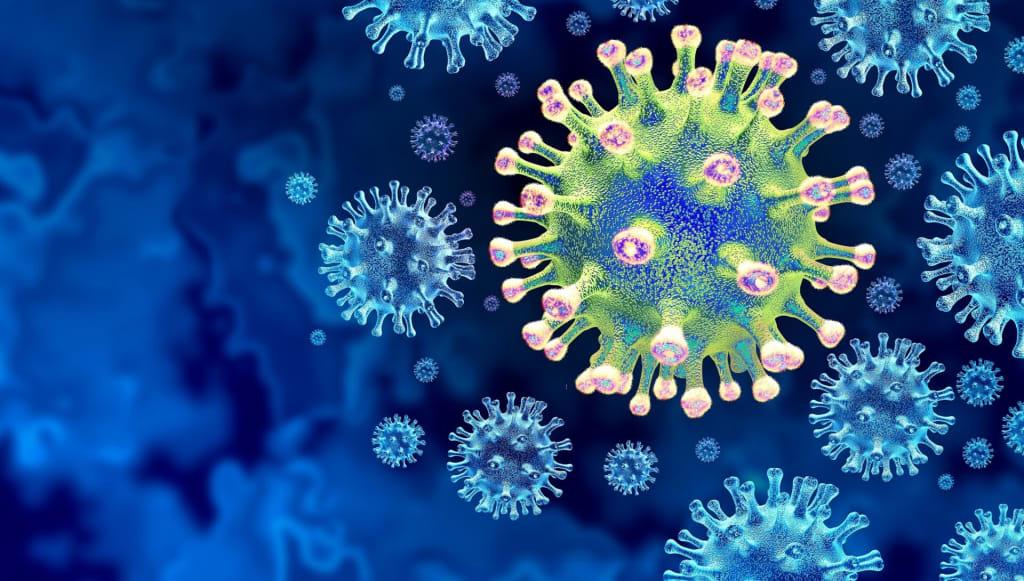
Polio, also known as poliomyelitis, is a highly infectious viral disease that mainly affects young children. The virus is spread through contaminated food and water or through contact with infected feces. Polio can cause paralysis or even death, and there is currently no cure for the disease.
Polio was once a major public health concern in the United States and other parts of the world. In the early 20th century, polio epidemics caused widespread panic and resulted in many children being left permanently disabled or dead. However, with the development of the polio vaccine, the disease has been largely eradicated in many parts of the world.
The polio virus was a major public health threat in the early 20th century, causing widespread outbreaks that affected thousands of people and resulted in paralysis and even death. Dr. Jonas Salk developed the polio vaccine in the 1950s, which was a major breakthrough in preventing the disease. The vaccine is highly effective, with a success rate of over 90%, and became widely available in the United States in 1955. Today, the polio vaccine is an integral part of the routine childhood vaccination schedule in many countries, and has led to a dramatic reduction in the number of polio cases worldwide. While there are still some regions where polio is endemic, efforts are ongoing to eradicate the disease completely through vaccination campaigns and other public health measures.
Despite the availability of the vaccine, polio still remains a threat in some parts of the world. In areas with poor sanitation and limited access to healthcare, the virus can easily spread and cause epidemics. In addition, some people may not receive the vaccine due to religious or cultural beliefs, or because of limited access to healthcare services.
Symptoms of polio can vary widely, with some people experiencing only mild flu-like symptoms or no symptoms at all. However, in severe cases, the virus can attack the nervous system, leading to paralysis or even death. The most common form of polio, known as non-paralytic polio, causes symptoms such as fever, headache, muscle stiffness, and fatigue. In more severe cases, known as paralytic polio, the virus attacks the spinal cord and can cause permanent paralysis or even death.
There is currently no cure for polio, but treatment can help manage symptoms and prevent complications. In non-paralytic cases, treatment typically involves rest, pain relief, and hydration. In more severe cases, hospitalization may be necessary, with treatment involving physical therapy, breathing support, and sometimes surgery.
Prevention is the key to stopping the spread of polio. Vaccination is the most effective way to prevent the disease, with the polio vaccine being safe, effective, and widely available. Good hygiene practices, such as washing hands frequently and avoiding contact with contaminated surfaces, can also help reduce the risk of infection.
Despite the progress that has been made in eradicating polio, the disease remains a threat in some parts of the world. The World Health Organization (WHO) has set a goal of eradicating polio globally by 2030, and efforts are ongoing to increase vaccination rates and improve access to healthcare services in areas where the disease remains a threat.
In conclusion, polio is a highly infectious viral disease that mainly affects young children. The disease can cause paralysis or even death, and there is currently no cure. However, with the development of the polio vaccine, the disease has been largely eradicated in many parts of the world. Vaccination is the most effective way to prevent the disease, and efforts are ongoing to increase vaccination rates and improve access to healthcare services in areas where the disease remains a threat. Good hygiene practices can also help reduce the risk of infection. It is important for individuals to stay up-to-date on their vaccinations and for healthcare providers to promote and provide access to vaccines to prevent the spread of this disease.
About the Creator
Doctor Nadia
I am a doctor and writer who has expertise in writing articles on different topics.






Comments
There are no comments for this story
Be the first to respond and start the conversation.